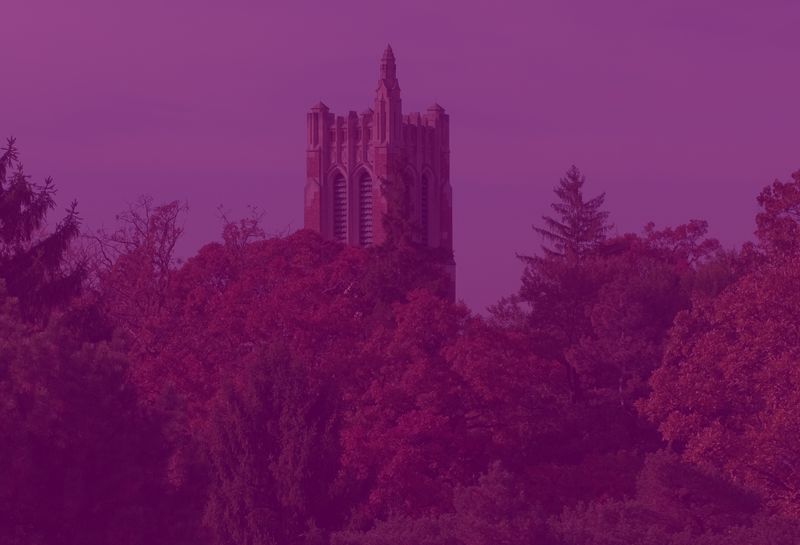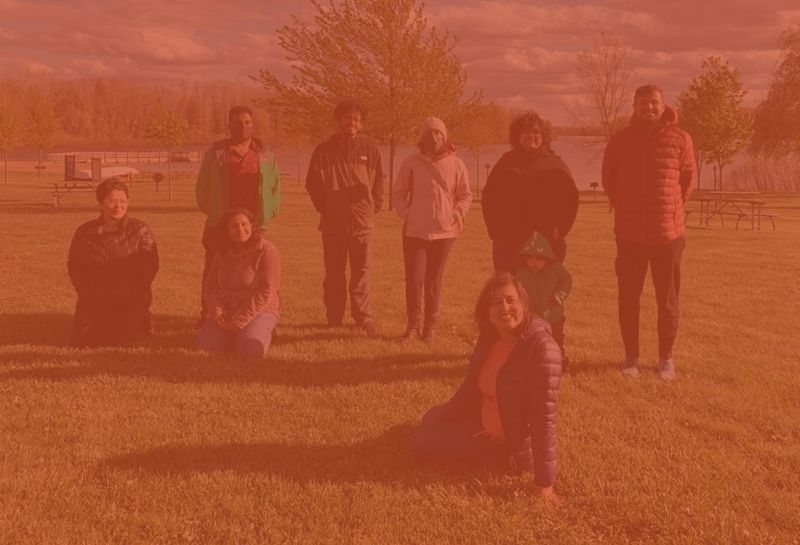Events
 Back to Events
Back to Events
- Date:
- Saturday, 25 Sep 2021
- Time:
- 11:00 a.m. to 1:45 p.m.
- Location:
- Youtube watch link: https://www.youtube.com/watch?v=TPTo1i8toZc
- Department:
- Asian Studies Center
Welcome to the third Sikh & Punjab Studies Webinar of 2021 organized by the Sikh Formations editorial team. The topics explored in this webinar range from study of Sikh schools in Delhi, to identity but will all find root in Sikh and Punjab studies.
Moderators:
Dr. Arvind-Pal S. Mandair (University of Michigan)
Dr. Anneeth Kaur Hundle (University of California – Irvine)
Dr. Harjeet Grewal (University of Calgary)
Session 1
Time: 11:05 a.m. to 12:00 p.m. EST
Speaker: Dr. Yamini Aggarwal (Research Associate, Max Weber Forum for South Asian Studies, New Delhi)
Title: SIKH SCHOOLS IN DELHI, IDENTITY & ASPRIRATIONS: AN ETHNOGRAPHIC ANALYSIS
Abstract: This presentation explores the rise in the number of schools run by Sikh managements in Delhi, India, post 1984 anti-Sikh violence and the quest of the community to encourage young Sikhs to maintain their religious and cultural identity. For next two decades, culture and identity were key reasons why even upper middle class Sikh parents accessed these schools but started to leave the institutions for other popular private and international schools around mid-2000. Based on an ethnography of two Sikh schools in Delhi in contrasting neighborhoods, I show that aspirations and opportunities for national and global mobility are leading to changing patterns of enrolment in what were Sikh-dominated institutions. I also dwell on the implications of the growing number of Hindus and Muslim children in these schools, and challenges that have emerged for school managements and teachers to maintain diversity and yet promote them as Sikh institutions.
Session 2
Time: 12:00 p.m. to 12:50 p.m.
Speaker: Prof. Radhika Chopra (University of Delhi)
Title: CURATING DIVINITY
Abstract: I will explore the universe of souvenirs of Sikh Gurus and martyrs sold in bazaars of Amritsar. I analyse the shop window displays of two modern martyrs, Jarnail Singh Bhindranwale, the militant leader of the movement for Khalistan, and Bhagat Singh, the nationalist hero. Shopkeepers understand martyr souvenirs as affective objects, of ritual and political value, and 'curate' their displays to create a conscious, purposive aura around modern Sikh martyrdom.
Session 3
Time: 12:55 p.m. to 1:45 p.m. EST
Speaker: Prof. Jyotsna Singh (Michigan State University)
Title: CHANDIGARH A CITY IN SEARCH OF AN IDENTITY: DREAMS AND VISIONS OF EARLY SETTLERS
Abstract: As heated debates about nationalism, citizenship, and identity are raging in India, it is perhaps an opportune moment to reflect on the genesis, vision, and reality of a truly unique Indian city: CHANDIGARH.
Chandigarh was built by Prime Minister Nehru in the aftermath of the tragic partition of India as the new capital of the province of Punjab, which was divided, and the old capital of Lahore (a great cultural center) was awarded to Pakistan.
Designed by the French modern architect, Le Corbusier, the city's radical modernist aesthetics broke free from both India's colonial architecture as well as its traditional Indian heritage designs. Many of the early settlers (1960s-1970s-80s) were imbued with a deep nostalgia for Lahore, but the modernist emphasis of Chandigarh buildings on form over ornament and of raw materials and structure instead of idyllic revivals, also helped them to embrace a new world.
In recent years, India's social and cultural critics have reductively shrugged off the distinct identity of Chandigarh. Sunil Khilnani wrongly observed in 1997: "This supremely conceptual city could not generate any shared understanding of its meanings among its inhabitants" (The Idea of India, 13). I will argue that the vision of the early settlers (many partition migrants) reflected the modernist aesthetics of the city, drawing on memories and materials of the lost, cosmopolitan Punjab, but creating new principles that balanced modernity and secularism with traditional cultures. It was city of an inclusive Punjabiat, synthesizing Hindu, Sikh, and Muslim elements into a new Punjab.



